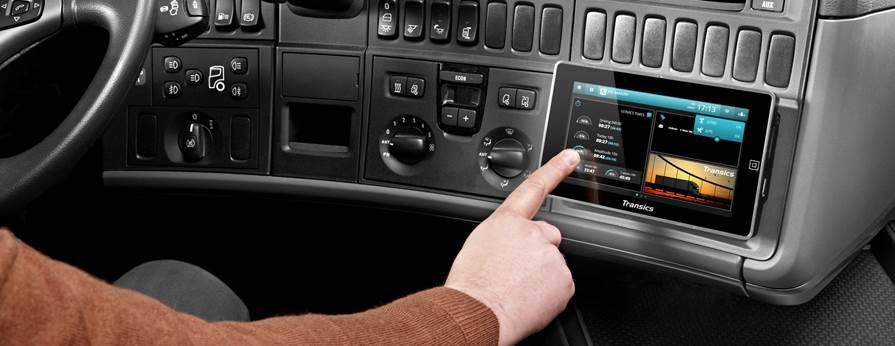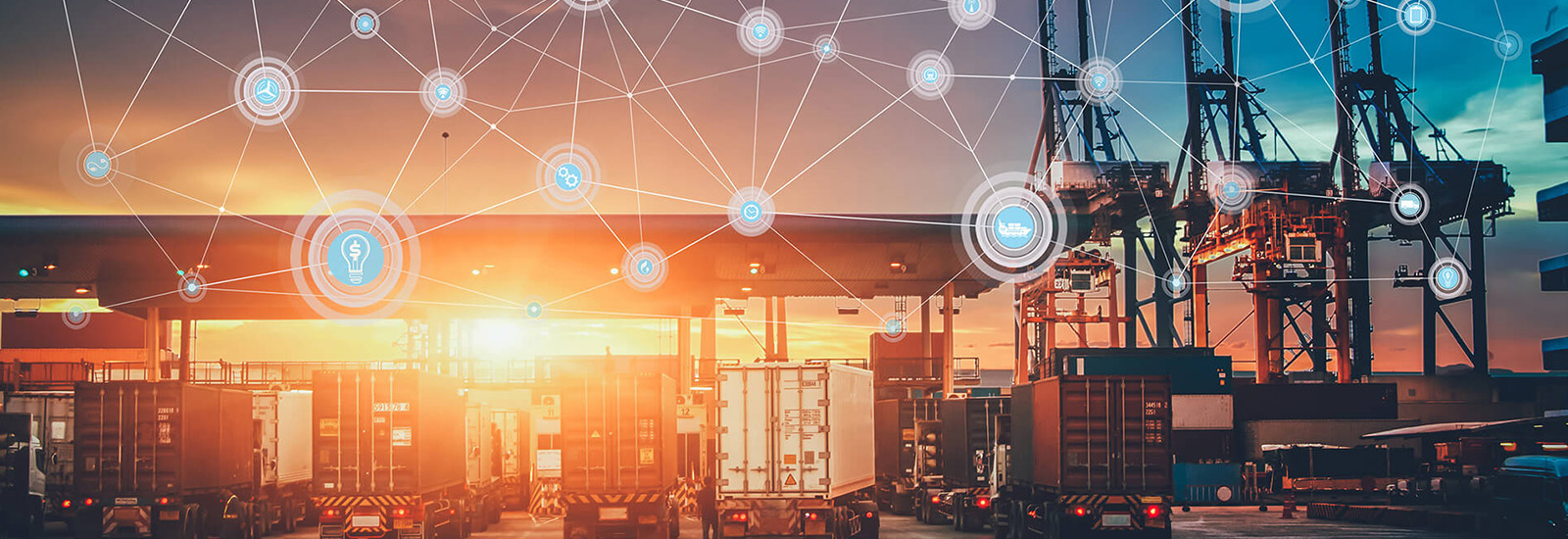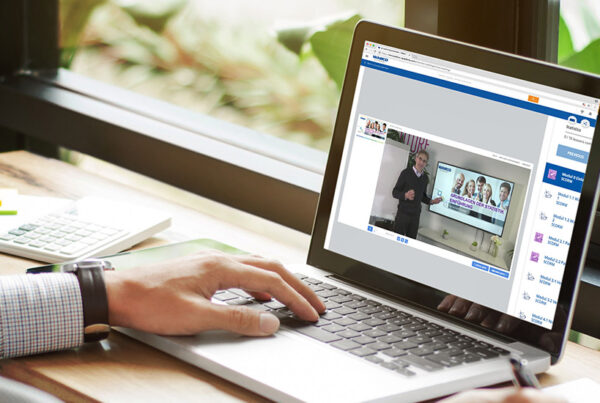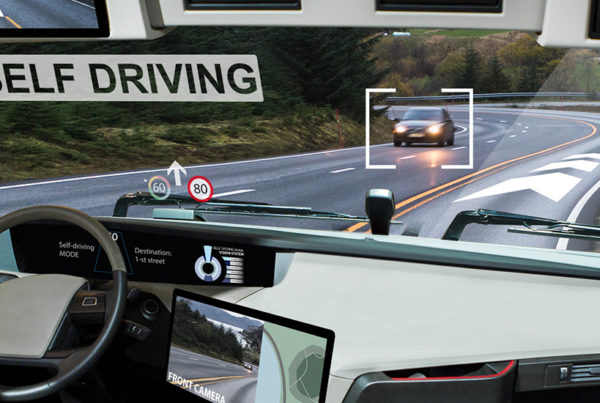Connect and manage your fleet with telematics devices, intelligent software and apps that keep you in contact with your drivers. Find out how.
The logistics and transport industry has changed hugely in recent years. Concepts such as digitisation, the emergence of Big Data and connectivity have been introduced and many fleets are now using early versions of these new technologies. In many cases, they are changing how fleet managers operate on a day-to-day basis.
Connectivity is one of the most important and effective concepts. This is where, as a fleet manager, you have an overview of your entire fleet and can stay in contact with your drivers, trucks and trailers through automated processes, which provide actionable data from on-board devices.
Digitisation is making fleets and managers more connected – and it’s something you should be making the most of for a leaner, greener and safer operation – increasing the efficiency and effectiveness of your overall fleet operation.
Why does your fleet need to be connected?
As a manager, connecting your fleet means you can monitor your drivers, trucks and trailers effortlessly. This can have numerous benefits for your business.
Increase vehicle uptime
Vehicle breakdowns have a negative impact on any fleet, resulting in:
- Delayed deliveries
- Expensive repairs
- Vehicle downtime
- Unhappy customers
Through telematics devices and connected software solutions, you can be alerted to any minor vehicle issues as they arise, allowing you to address issues sooner and deal with problems before breakdowns occur. This gives you the flexibility to make running repairs or schedule maintenance in advance, which enables trucks to stay on the road more often, spending more time delivering goods – a positive for you.

Optimise efficiency
By assessing and improving the routes your drivers take, as well as their driving styles, you can make your drivers and trucks more efficient, thanks to connected fleet management solutions. With a truly connected fleet you can use all of this data and can plan ahead.
Armed with these insights, you can assign your best drivers to the trickiest routes and most important customers – reducing mileage and journey times, leading to important fuel savings. If you’re connected to all your drivers, you can also send details of their next job direct to the cabin without them having to stop to call in, improving time efficiency, as well as staying in touch to reroute them to avoid traffic and giving them key information that can help them drive more efficiently.
React in real time
You can plan ahead to cover many internal factors that affect your fleet. However, external issues can sometimes impact your operations, like:
- Traffic
- Weather
- Customer interruptions
- Accidents
All of these factors can have a knock-on effect on delivery times, customer satisfaction and fuel efficiency. With real-time connectivity, you can see issues as they emerge, plan a strategy to deal with them and make quick, reasoned decisions that have a positive impact on your fleet.
Highlight a cheaper place for drivers to refuel, for example, or warn them of traffic congestion on their route, suggesting a quicker alternative to ensure as little delay as possible. A fleet management tracking system gives you complete transparency of all of your vehicles and enables rapid communication with them, to tackle potential problems in real-time.

Improve safety
You can also improve the safety of your fleet and drivers by making use of the access to diagnostic information about your trucks and trailers – thanks to connected devices that link with back office software.
These intelligent solutions allow you to identify trucks and trailers that require repairs or maintenance, so you can remove them from the road before they become dangerous. It’s also possible to review information about individual drivers, so you can identify any issues and address them with advanced driver training.
Cargo and trailer security can be further improved with the likes of OptiLock™ ELB-Lock®. This three-stage security model links to telematics for remote control of the system. Door sensors and multiple alarms help enable this, along with automatic locking. Its external battery means it relies on an external power supply for greater security on the road.
Connectivity can help fleets to improve safety, increase vehicle uptime, optimise efficiency and make them able to react to potential issues in real time.
How digitisation can increase connectivity
The main factors driving connectivity for fleet management are digitisation, Big Data and the internet of things. An increase in internet-connected devices has helped connect fleets and managers, allowing for improved efficiency, better decision making abilities and a safer driving environment. Digital technology like advanced driver assistance systems (ADAS) help to make navigating between lanes, parking and turning much safer, protecting your fleet and connecting you to your driver’s activities on-the-road.
Devices can be retrofitted to trucks and trailers to obtain huge amounts of information that is automatically processed to make use of – without having to analyse mountains of paperwork. These on-board telematics devices are connected to software back at your base – making complex processes smoother. As you digitise your trucks and trailers, train your drivers and adopt the software and tech that’s perfect for you, managing your fleet becomes simpler.
Effective ways to enable fleet connectivity
New and improved ways of connecting your fleet are developing all the time, from comprehensive solutions for large fleets to more cost-effective, standardised options for small and mid-size operations. You can enable connectivity in a variety of ways:
- Up-to-date information – Receive information directly from your trailers, trucks and drivers while they’re out on the road with TX-CONNECT . You can also communicate directly with your drivers to exchange information and documents and follow up on planning execution.
- Remote access – For an affordable remote software solution, consider apps like OptiLink™. Working on Android smartphones, this app lets drivers control numerous trailer functions from inside and outside the cabin.
- Reliable assistance – Perfect for small and medium-sized fleets, TRAXEE helps you keep track of your trucks, calculate routes, send early warning alarms and analyse driver performance. It also shows driving and resting times and downloads all your tachograph data to help ensure you are complying with legal requirements.



